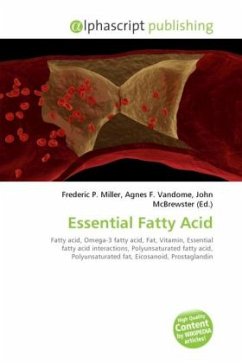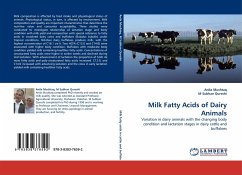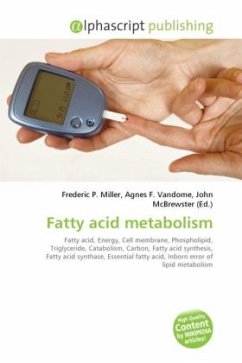
Fatty Alcohol
Aliphatic compound, Alcohol, Hydroxyl
Herausgegeben: Nicolao, Hardmod Carlyle
Versandkostenfrei!
Versandfertig in 6-10 Tagen
19,99 €
inkl. MwSt.

PAYBACK Punkte
10 °P sammeln!
Please note that the content of this book primarily consists of articles available from Wikipedia or other free sources online. Fatty alcohols are aliphatic alcohols consisting of a chain of 8 to 22 carbon atoms. Fatty alcohols usually have even number of carbon atoms and a single alcohol group (-OH) attached to the terminal carbon. Some are unsaturated and some are branched. They are widely used in industrial chemistry.Fatty alcohols do not occur in large amounts in nature, but some waxes are esters with fatty acids and fatty alcohols. Fatty alcohols were unavailable until the early 1900s. Th...
Please note that the content of this book primarily consists of articles available from Wikipedia or other free sources online. Fatty alcohols are aliphatic alcohols consisting of a chain of 8 to 22 carbon atoms. Fatty alcohols usually have even number of carbon atoms and a single alcohol group (-OH) attached to the terminal carbon. Some are unsaturated and some are branched. They are widely used in industrial chemistry.Fatty alcohols do not occur in large amounts in nature, but some waxes are esters with fatty acids and fatty alcohols. Fatty alcohols were unavailable until the early 1900s. They were originally obtained by reduction of wax esters with sodium by the Bouveault Blanc reduction process. In the 1930s catalytic hydrogenation was commercialized, which allowed the conversion of fatty acid esters, typically tallow, to the alcohols. In the 1940s and 1950s, petrochemicals became an important source of chemicals, and Karl Ziegler had discovered the polymerization of ethylene. These two developments opened the way to synthetic fatty alcohols.












